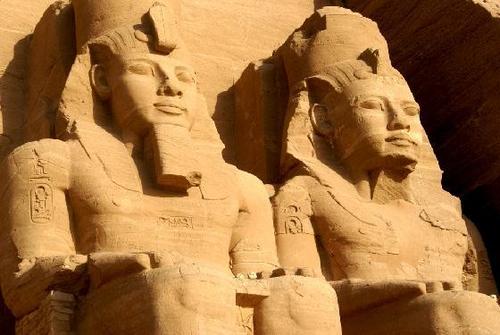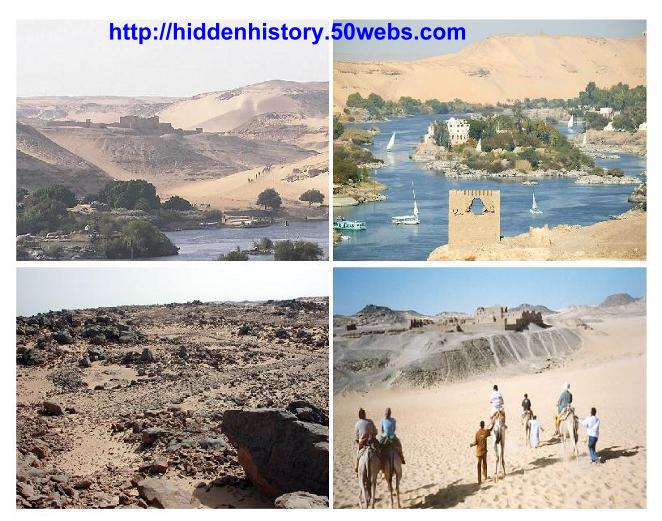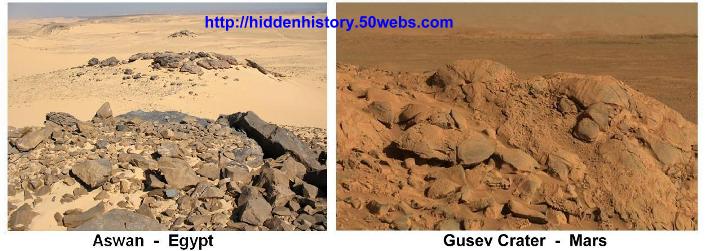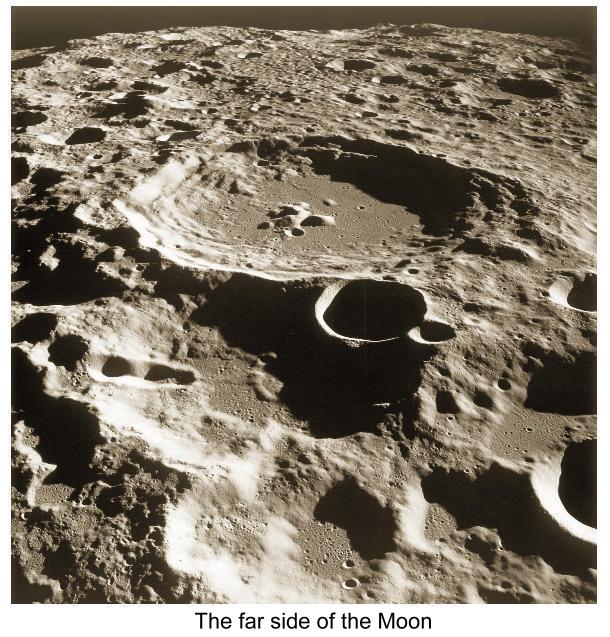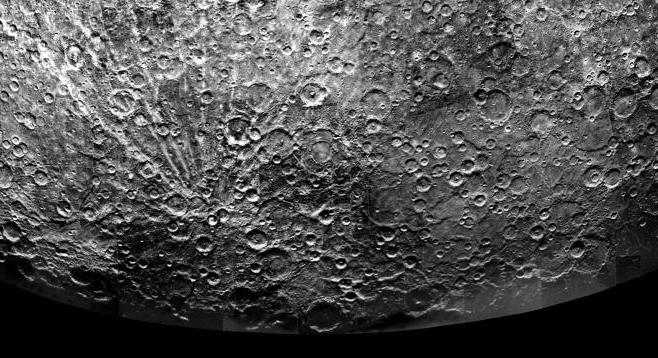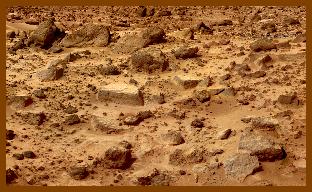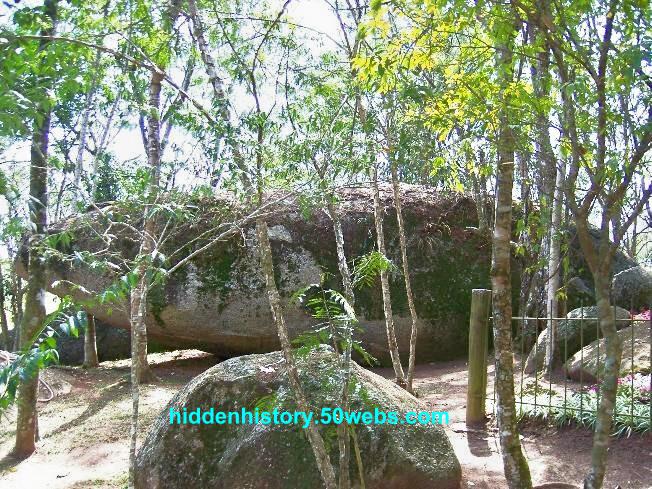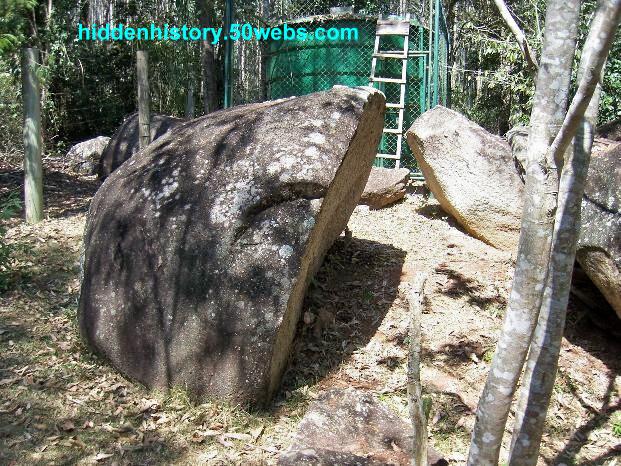Free US number for Business or Personal needs – Get US Number for Free
People
residing outside USA wants free us number just for 2 important reasons.
Either they want to set up their business in USA or they want to
receive local call from their friends and relatives. Some people also
want a Free US number just for the verification purpose (like Google
Voice & Askville etc). You can easily get us number for free by simple trick explained below. Follow the below trick to get free US phone Number.
How to get Free US Number? – Easy way to get US number for Free
Step – 1
Go to Callcentric.com
and sign-up there as a new customer for free account. Callcentric will
send you a verification email to verify your email address.
Step – 2
Go
and verify your email address. A new screen will come, now fill your
city; pincode & country. Select time zone, leave agent ID blank and
agree the terms & condition and click on sign me up.
Note: if you are outside USA leave the state blank.
Step – 3
Now
another screen will come, click on go to my callcentric and it will
take you to your user dashboard. It will show you an error message on
left that “Your phone is not register”. Ignore this and copy your
callcentric # (usually in a format of 1777***) copy it on clipboard and
lets go ahead further to activate the number.
Step – 4
Now go to phone.ipkall.com, sometimes ipkall is not open outside USA. In this case you can download HotSopt Sheild to get a new IP address. Every time when Hotspot open, it will give new IP when you start it.
Now
open phone.ipkall.com again and choose for SIP account. You now choose
area code, by default are code is 253 but you can choose other area code
like 425 or other listed there.
Now
enter callcentric # in the form of 1777*** in you SIP Username & add
“in.callcentric.com” in the host name. Now enter the same Email &
password you used for signing-up for callcentric.
An Email will come from the Ipkall contained the Free US number.
Step – 5
Now we will activate the number. Download & install Express Talk
on your computer. Trail version is good enough for our work you need
not to buy it. Don’t Install optional component (like toolbar) while
installing & keep the default settings on each screen.
Choose
“Yes, I already have an SIP account” when SIP setup screen will come
and click next. Enter the details enter in step – 4 above.
Just remember instead of in.callcentric.com enter callcentric.com as SIP proxy. Click finish now you phone number get activated.
Now refresh you callcentric dashboard page & you see that message is coming “you phone is registered.”
You are Done. Now you have your free US number!
SIP for your mobile phones
You
can choose SIP VOIP client for your mobile also and can configure with
it your new CallCentric/ IpKall number. Most of the Nokia Symbian phones
can configured for SIP without downloading external app. You can also
search for “SIP Phone” in iTunes or Android market.
“Fring” the popular mobile app is free and support SIP.
--





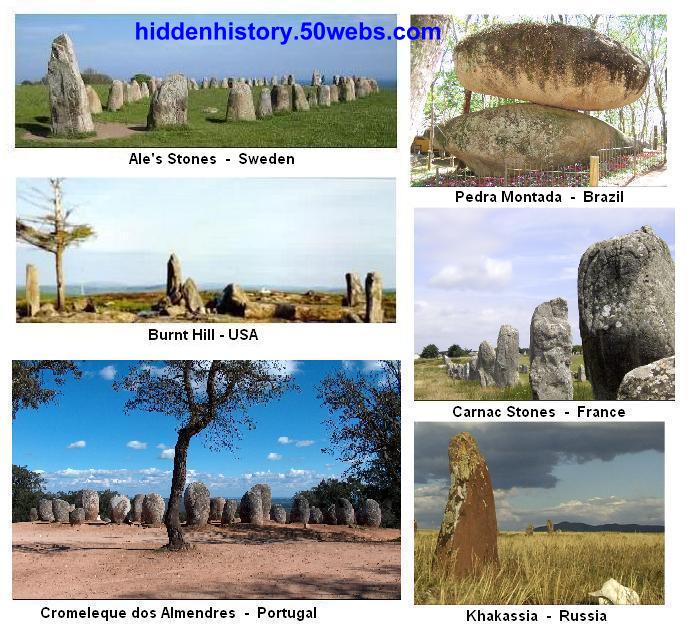 (For more info:
(For more info:  (For more info:
(For more info: 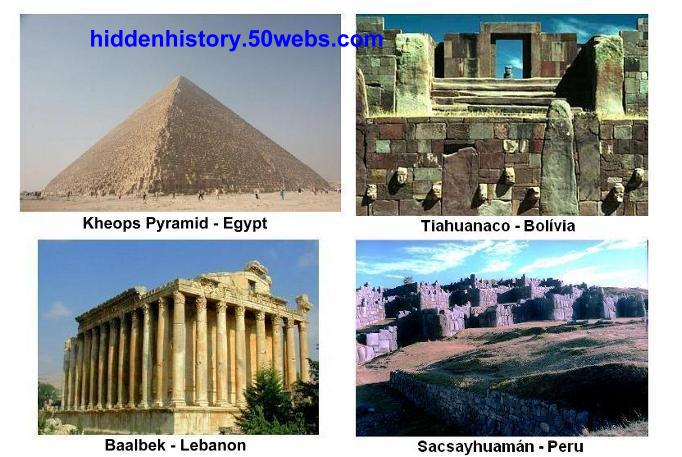 For more info:
For more info: 